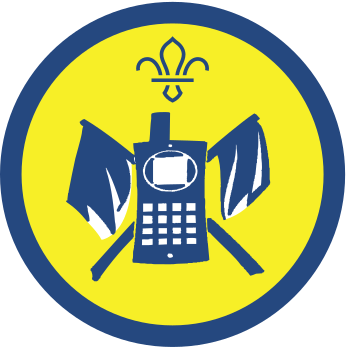Scots sketching, Gaelic guessing
You’ll need
- Coloured pens or pencils
- Scissors
- A flipchart or whiteboard
- A3 paper
- A hat
Before you begin
- The person leading the activity should set up the flipchart or whiteboard in a spot where everyone can see it. With a flipchart, they should check that there’s enough paper for everyone to draw at least one picture.
- The person leading the activity should use scissors to cut out the list of Scots, English and Gaelic translations of words from the ‘Scots sketching, Gaelic guessing’ sheet. Then cut each individual box out and put them in the hat.
Run the activity
- The person leading the activity should ask the group what they know about the Scots and Gaelic languages. Explain that Scots and Gaelic are two old languages that are similar to English, spoken in Scotland and Ireland. While some Scots and Gaelic words are quite easy to recognise, some look very different.
- Everyone should gather around the flipchart or whiteboard. The person leading the activity should make sure that there are some felt pens for the group to draw with and the hat containing the cut-out words. Explain to the group that they’ll be playing a guessing game. Each person should take turns to go to the hat, pick out a word and try to draw the thing described by the word on the flipchart or whiteboard.
- The person leading the activity should go first to demonstrate. Whoever’s drawing shouldn’t speak! While they’re drawing, everyone else should try to guess what the object is. They should raise a hand before speaking and the drawer should stop and nod or shake their head, to tell them if they’re right or wrong. If someone guesses correctly, the drawer should hand them the pen so that they can go next.
- When there are no more words, the person leading the activity should collect them from the group and write up the words with their translations on the board. Ask the group to try and read aloud the Scots and Gaelic versions of the word. See if anyone notices anything similar between any of the Scots, English and Gaelic versions. Everyone should have a go at saying them out loud.
Reflection
The group have seen some English words with their Scots and Gaelic translations. How many of the Scots and Gaelic words are similar to their English translations and how many are different? What do you think the Scots and Gaelic words sound like when spoken? Is it surprising to see words used in Scotland and Ireland that are so different?
Then, everyone tried to guess what thing from the list the person at the board was drawing. Drawers, how did you communicate with the rest of the group without talking? Guessers, how many chances did you need to guess what the word was? How would drawings be useful if you were talking to someone who only spoke using Scots or Gaelic words?
Safety
All activities must be safely managed. You must complete a thorough risk assessment and take appropriate steps to reduce risk. Use the safety checklist to help you plan and risk assess your activity. Always get approval for the activity, and have suitable supervision and an InTouch process.
- Scissors
Supervise young people appropriately when they’re using scissors. Store all sharp objects securely, out of the reach of young people.
Confident Scots and Gaelic speakers might like to try guessing the drawing by shouting out the Scots or Gaelic word, instead of the common English word. Take care to say it clearly, or the drawer might not understand. Guessers could also have a limited number of chances to say what the word was.
Choose easier things to draw for those who are less confident.
If anyone struggles with drawing, they could mimic what the object is or what the word looks like.
All Scout activities should be inclusive and accessible.

